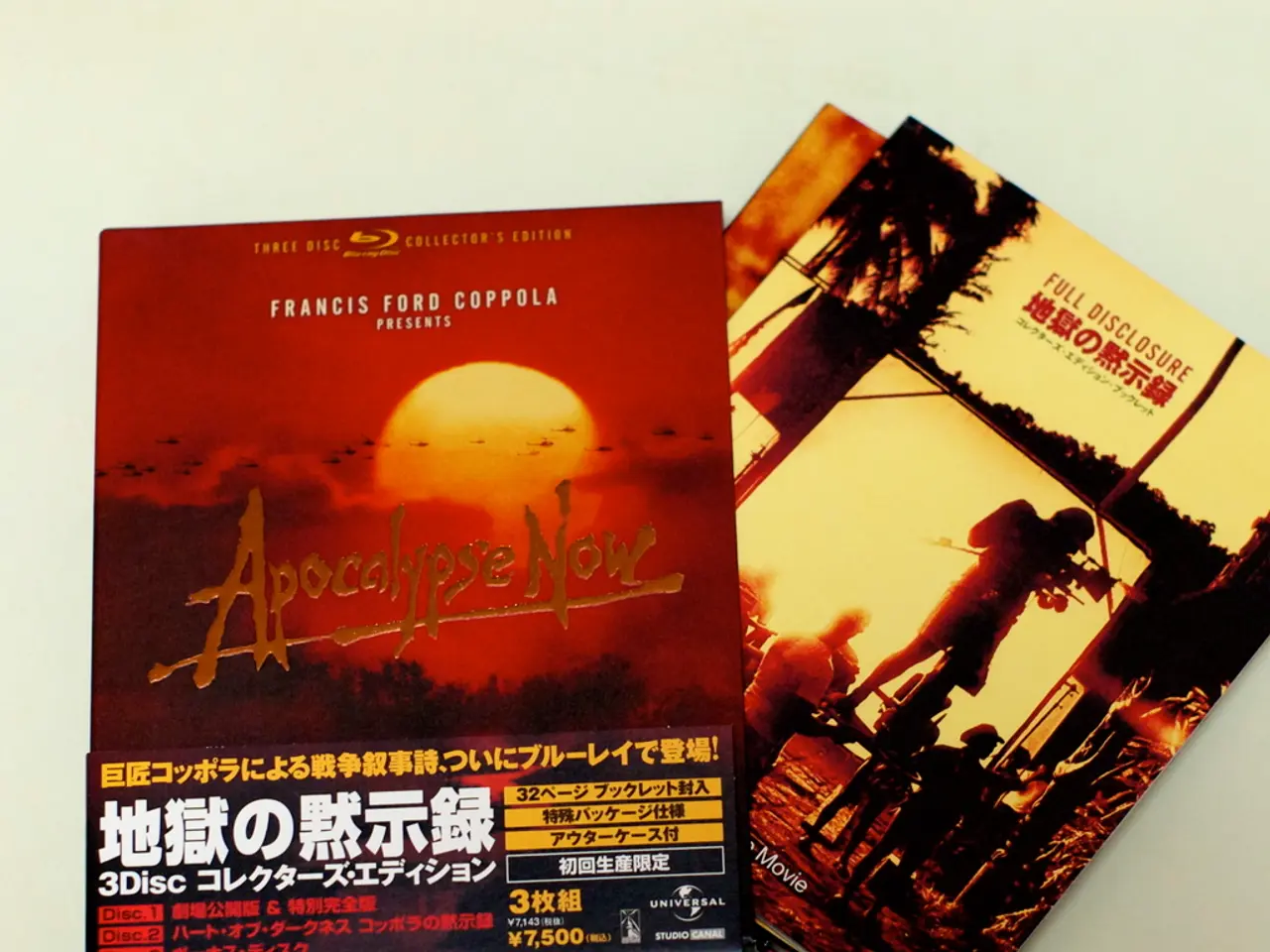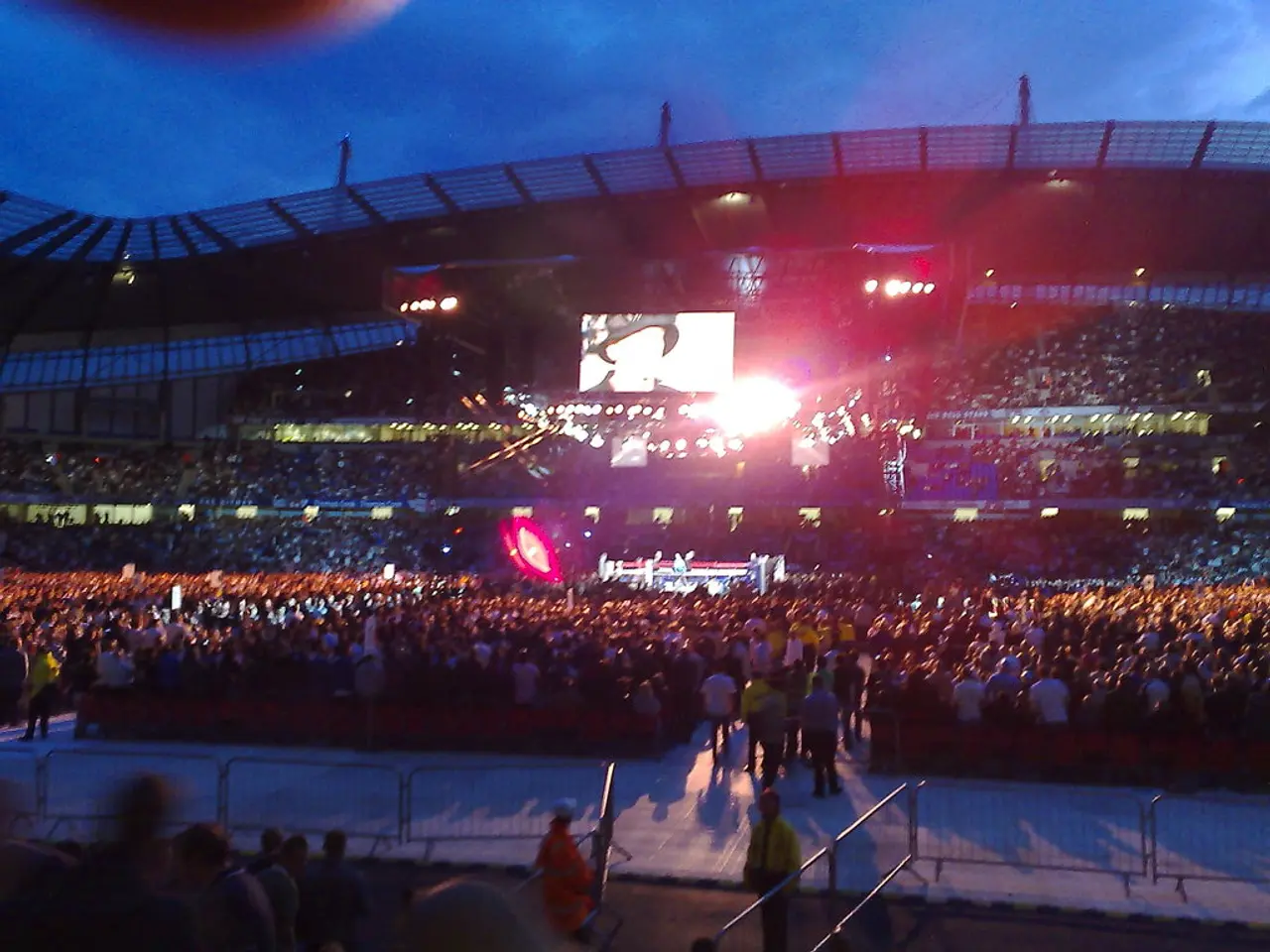Film spectacles captivating audience attention
The Cinema of Attractions, a pioneering era in film history, played a significant role in shaping the industry as we know it today. This early style of filmmaking, popular in the late 19th and early 20th centuries, prioritized spectacle and visual novelty over storytelling.
Films from this era, such as Thomas Edison's The Execution of Mary Stuart (1895), Edwin S. Porter's Life of an American Fireman (1902), and The Great Train Robbery (1903), showcased extraordinary visuals, everyday life, or cinematic tricks. These works contributed early pioneering techniques such as special effects with the stop trick, narrative editing to combine footage for storytelling, and multi-scene action sequences that depicted simultaneous events occurring in different locations.
The Great Train Robbery, in particular, is noted for its length and number of shots for the time, and its use of editing to create dynamic storytelling made movies more popular with audiences. Additionally, the distribution and exhibition innovations like film exchanges and nickelodeons created high demand for story films, further driving the industry's evolution.
Edwin S. Porter, the director of The Great Train Robbery, introduced continuity editing and created the foundation for eventual narrative cinema, while still retaining elements of the Cinema of Attractions. Films included elements of live performance, accompanied by live music, narration, and sound effects.
The Lumiere Brothers' film, "Arrival of a Train at La Ciotat" (1895), had a significant impact on early cinema audiences, with many reportedly startled by the life-like movement of the train. Georges Melies, another pioneering director, showcased pioneering use of effects such as stop motion animation, hand-painted color, and double exposure in his groundbreaking masterpiece, "A Trip to the Moon" (1902).
Filmmakers during this era experimented with motion, editing, and special effects to showcase the possibilities of the new medium. The theatricality of these early films can be seen as a continuation of the traditions of vaudeville and magic shows.
As storytelling became dominant in the 1910s, elements of spectacle remained, influencing action films, musicals, and horror while also inspiring techniques like breaking the fourth wall and self-referential storytelling. Hollywood blockbusters, driven by CGI and grand spectacle, continue to echo early cinema's emphasis on visual wonder in modern filmmaking.
Directors like James Cameron and Christopher Nolan push technological boundaries in their films, while experimental filmmakers like Gaspar Noe reject linear storytelling in favor of sensory immersion. Contemporary cinema has come full circle, reaffirming the power of visual wonder that first captivated audiences in the late 19th and early 20th centuries. The rise of IMAX and 3D further emphasizes early cinema's focus on visual wonder, turning audiences into active participants in cinematic experiences.
Tom Gunning coined the term Cinema of Attractions, emphasizing the role of spectacle and visual novelty in early cinema. The contributions of this era continue to influence filmmaking practices, business models, and audience expectations, making it an essential part of film history.
Experimental films of this era, such as works by Georges Melies, incorporated pioneering effects like stop motion animation, hand-painted color, and double exposure, pushing the boundaries of visual storytelling. Despite the emergence of experimental film, the importance of visual spectacle remains a significant factor in contemporary cinema, with directors like James Cameron and Christopher Nolan continuing to emphasize visual wonder through advanced technologies like IMAX and 3D.








